It’s wonderful to be back in Valencia! With barely three weeks to enjoy our adopted city before leaving on a monthlong adventure, we’re focused on savoring things that are uniquely Valencian.
Clóchinas (Mejillones aka Mussels)
During the months without an “R” in the name (May through August), clóchinas are on restaurant menus all over Valencia. These aren’t the mussels we’ve always known and loved. Rather, clóchinas are smaller, sweeter, and have a robust flavor that comes from the Mediterranean Sea. The Mediterranean water has a high salinity and is said to be rich in nutrients and minerals, contributing to the amazing flavor of these special mussels. In addition to being smaller, and more flavorful, clóchinas are a beautiful orange color. Any Valenciano will tell you, clóchinas are far superior to the larger mejillones.
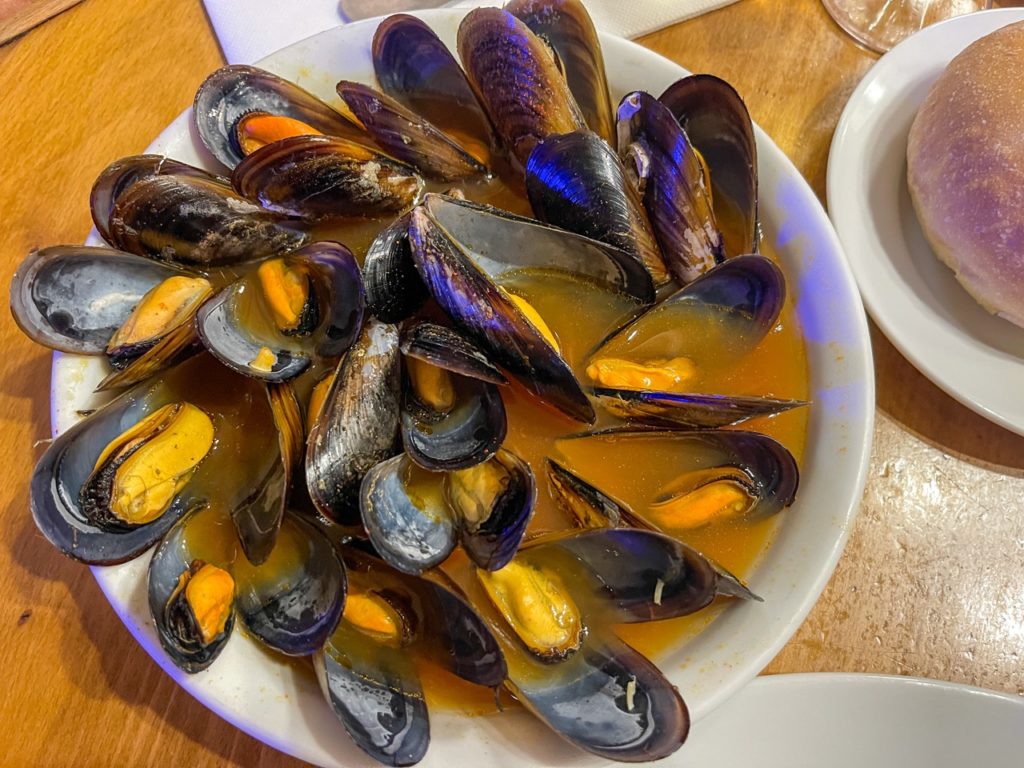
Simply Delicious – since 1890
Clóchinas are cultivated on floating rafts located just off the coast of Valencia. Their harvest follows the cycles of the moon, beginning with the full moon at the end of April and ending with the waning moon of August. Then, new embryos are seeded for next year’s crop as soon as the water begins to cool a bit in September. The first clóchina rafts were placed in the port of Valencia in 1890 and the “Association of Clóchineros of the Port of Valencia” is responsible for protecting the right to call a mussel a clóchina and guaranteeing their authenticity. The traditional way to prepare clóchinas is to steam them in their own juices, which releases a rich salty broth, and season with lemon, garlic and olive oil. That’s what much of the food in Spain is like – simple.
A Barrio Bar
La Pilareta, just a five-minute walk from our apartment, is a great place to enjoy clóchinas. Very much a barrio bar, the food and ambience are delightful. A true Valencian treasure, La Pilareta opened in 1917 and the founder, Mrs. Pilar Contell, ran the place until 1983. There’s often a line to get a table, but you take a number from José and look for a spot at the bar to get a glass of house vermouth while waiting. Sometimes it’s impossible to wait, so we often enjoy a first bowl of clóchinas while standing at the bar, throwing our shells in the buckets at our feet.
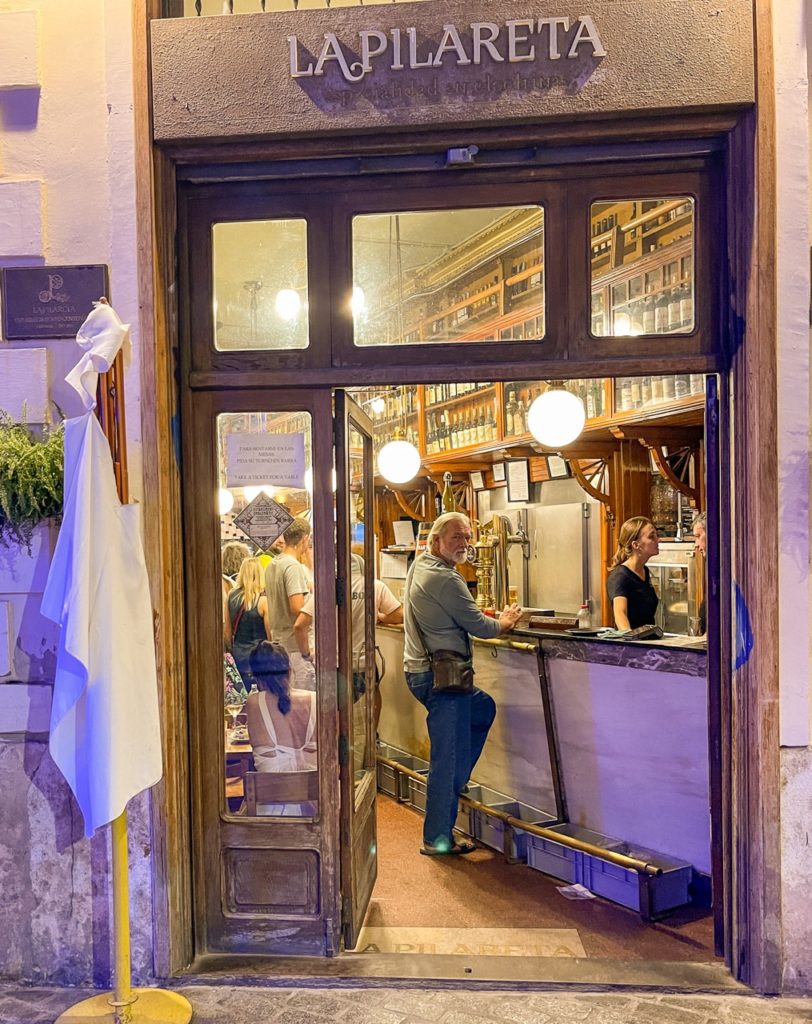
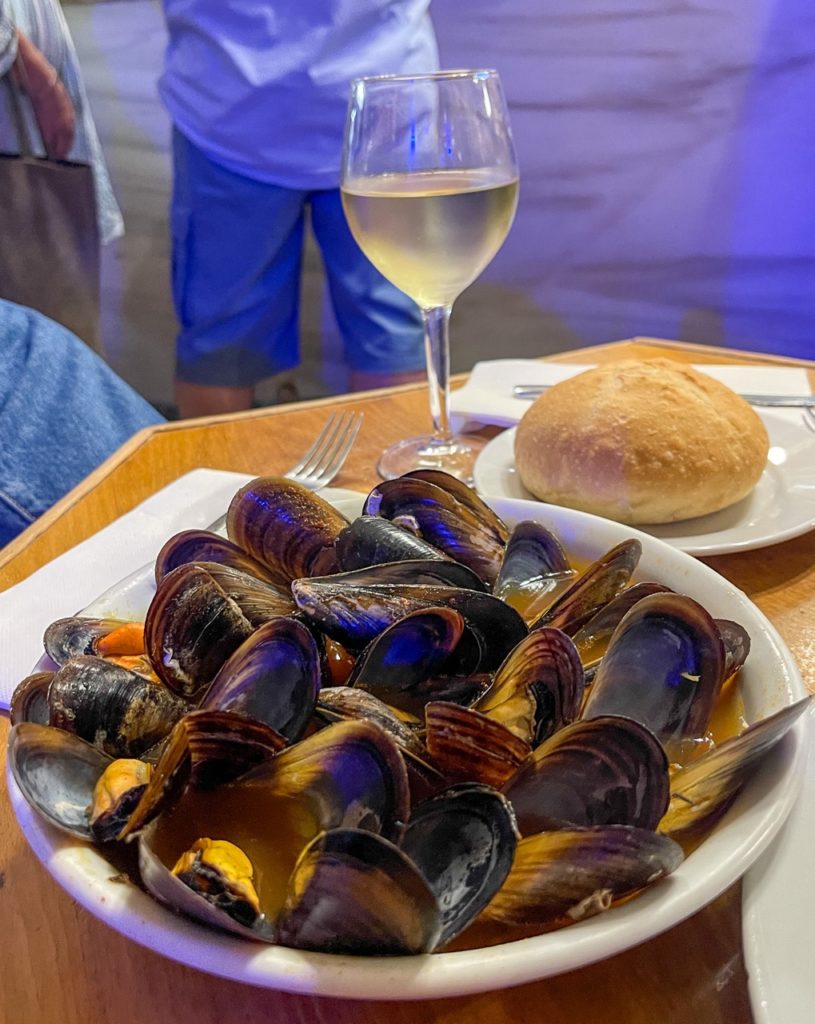
We eat at La Pilareta often, even when clóchinas are not in season. It’s a pleasant (and inexpensive) way to spending time enjoying good home-cooked Spanish food. Most of the menu items are around 5-7 Euros and a glass of wine will set you back about 2 Euros. Nothing fancy, just quality tapas the way they have been serving them since 1917.
Paella
Everyone knows about paella and many think of it as Spain’s national dish. However, paella originated in the Valencian region.
“Paella is not just a dish, it’s a way of life in Valencia; everything revolves around the paella pan … around rice culture. It’s 10 or 12 ingredients transformed through fire into a really beautiful and cohesive dish.”
Matt Goulding, “Grape, Olive, Pig”
Lunchtime for Farmers
There’s a long history of rice in Spain – Muslims in Al-Andalus began rice cultivation around the 10th century. Since Valencia’s climate is perfect for growing rice, locals have enjoyed paella in one form or another for centuries. It all started when farmers working the fields of Valencia’s inland areas would cook rice in a flat pan with whatever vegetables and meat they could find. Healthy, hearty and easy to make, it was perfect after a long morning of hard manual labor.
Traditional Paella
Early recipes had some variations, but true Paella Valenciana is made with chicken, rabbit, snails, green beans, and local garrofó beans (similar to lima beans). Together with a slow-cooked sofrito, saffron, and rice, this is Valencian paella in its purest form. Many Valencians insist that no more than these ingredients should go into making paella. Finally, there’s the fire and smoke. Some say the smoke is probably the most important ingredient in a paella. While seafood paella is very common (and delicious), many Valencians consider fish and shellfish to be out of the question. Being Northern Californians, we were recently tempted by a Dungeness crab paella. I know, what in the world are Dungeness crabs doing in Spain?
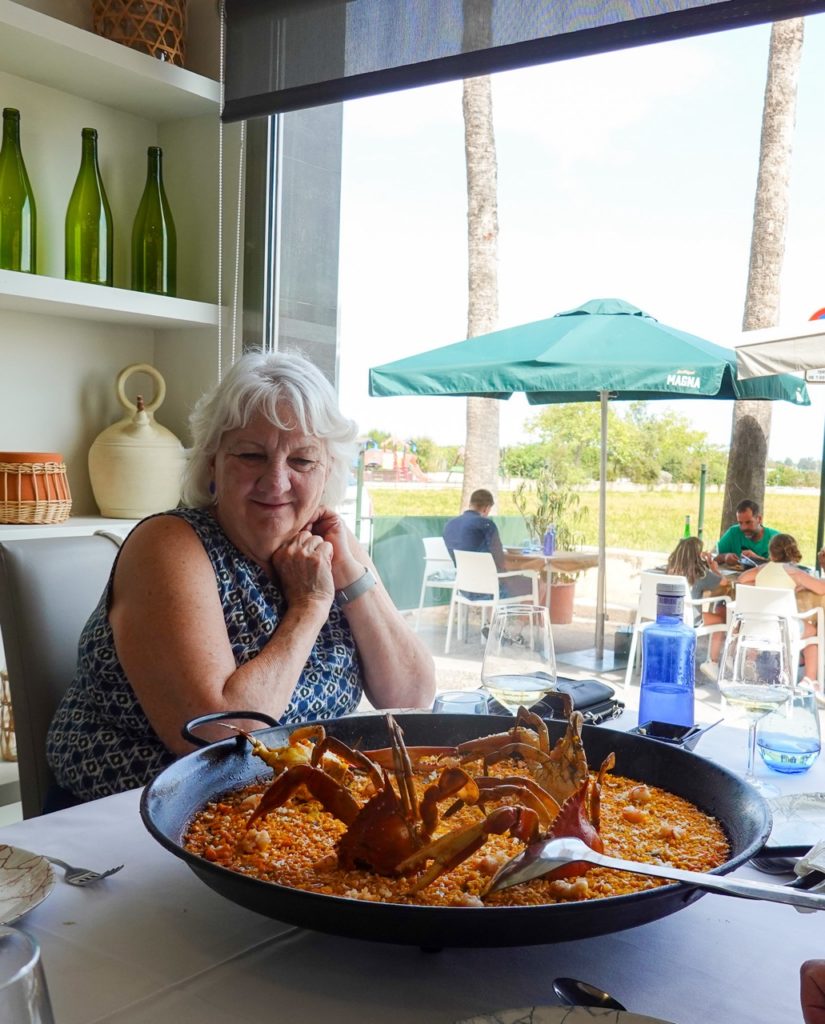
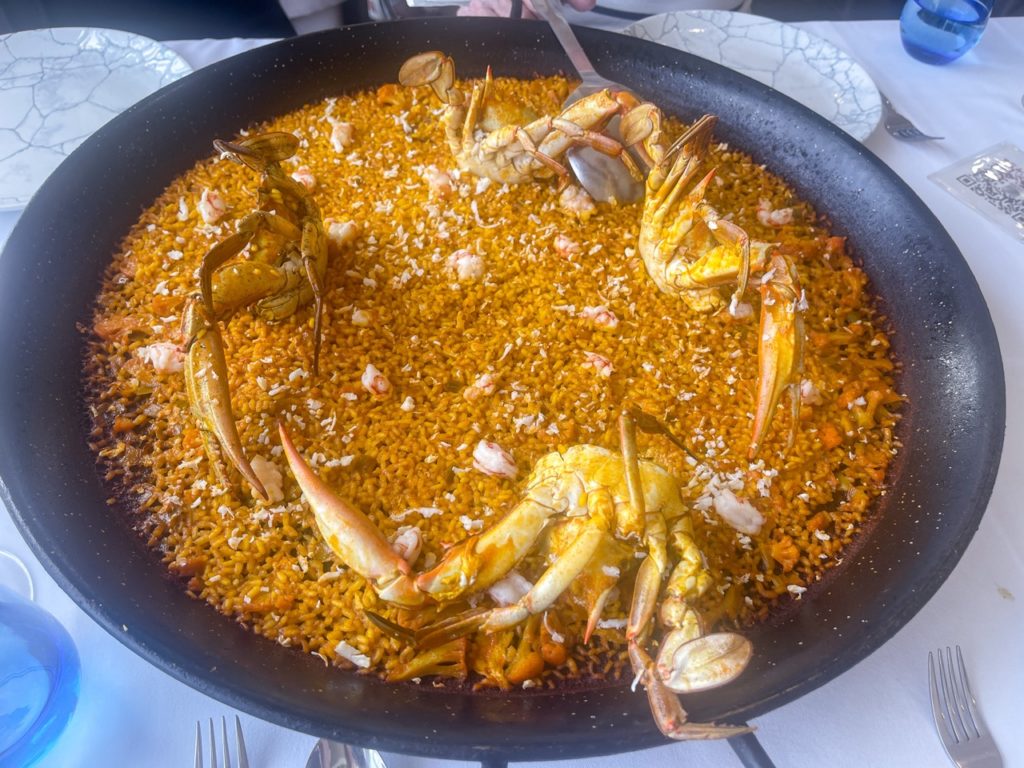
The Rice is Key
Bomba rice, introduced along the Mediterranean during the Middle Ages, is a type of pearly white short grain rice that Spaniards use exclusively in making paella. Bomba is perfect for soaking up flavors and it’s critical to “burn” or “scorch” the rice on the bottom of the pan. This is called “socarrat” and refers to the well-done caramelized crust layer that clings to the bottom of the pan.
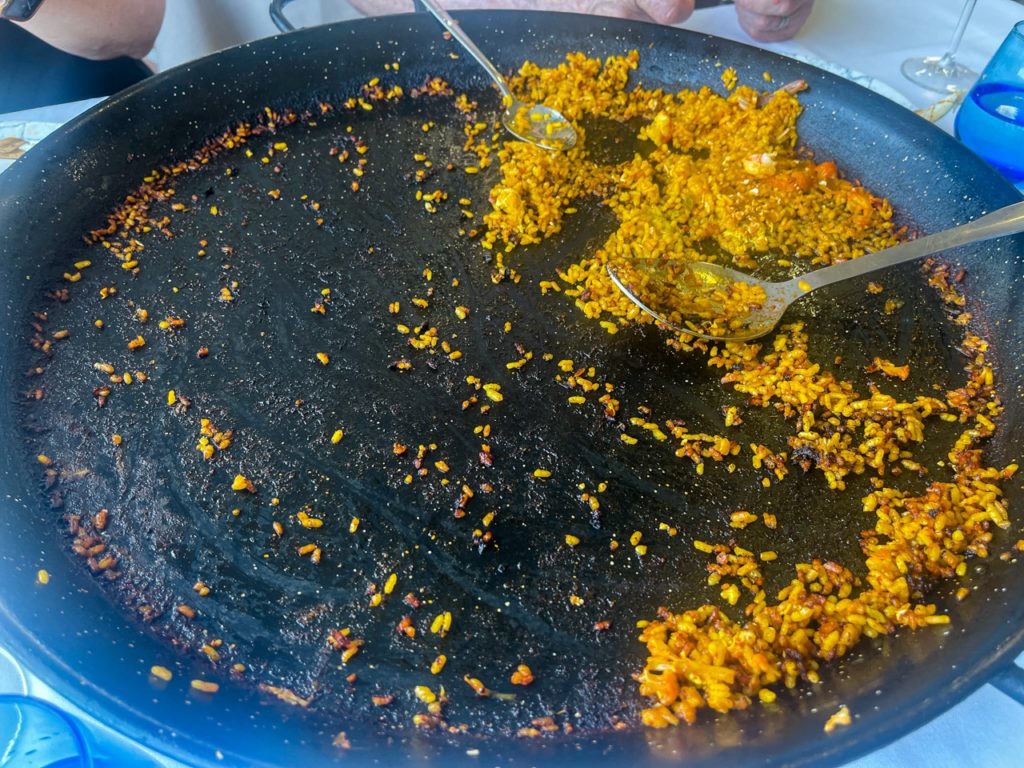
“It means that the rice loves the paella pan, and the paella pan doesn’t want the rice to leave, and they bond together into one perfectly nice brown color — crispy, beautiful love between the rice and the paella pan.”
Chef José Andrés
Parque Natural de L’Albufera de València
Albufera Natural Park is the true home of paella. Albufera is an Arabic word, “al-buhayra” meaning small sea and was known by the Romans as Nacarum Stagnum. One of the most important wetlands in Spain, this coastal lagoon sits between the sea and rice paddies and includes estuaries and the mouths of the Turia and Jucar rivers. Several foot and bike trails are a wonderful way to investigate the local flora, landscapes, and history. The lagoon provides shelter for up to 300 different species of birds throughout the year, especially the waterfowl that winter there, including flamingos. There are also boat tours through the waters of the lake of l’Albufera and its channels between rice fields. Located about 10 km south of the city of Valencia, it takes about 40-minutes to get there by bus from the city center.
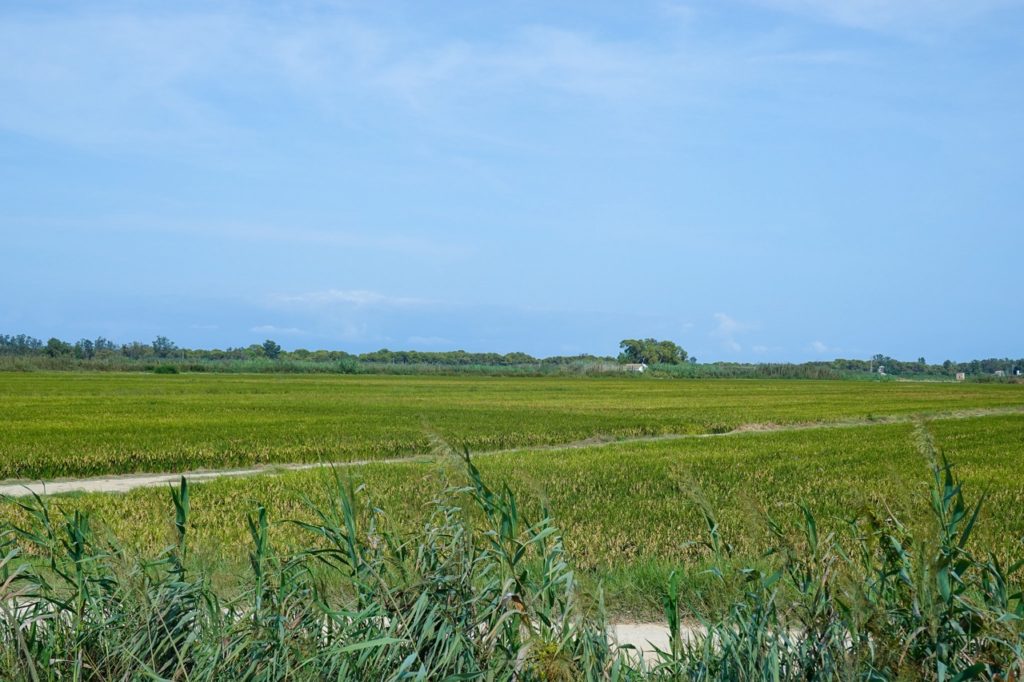
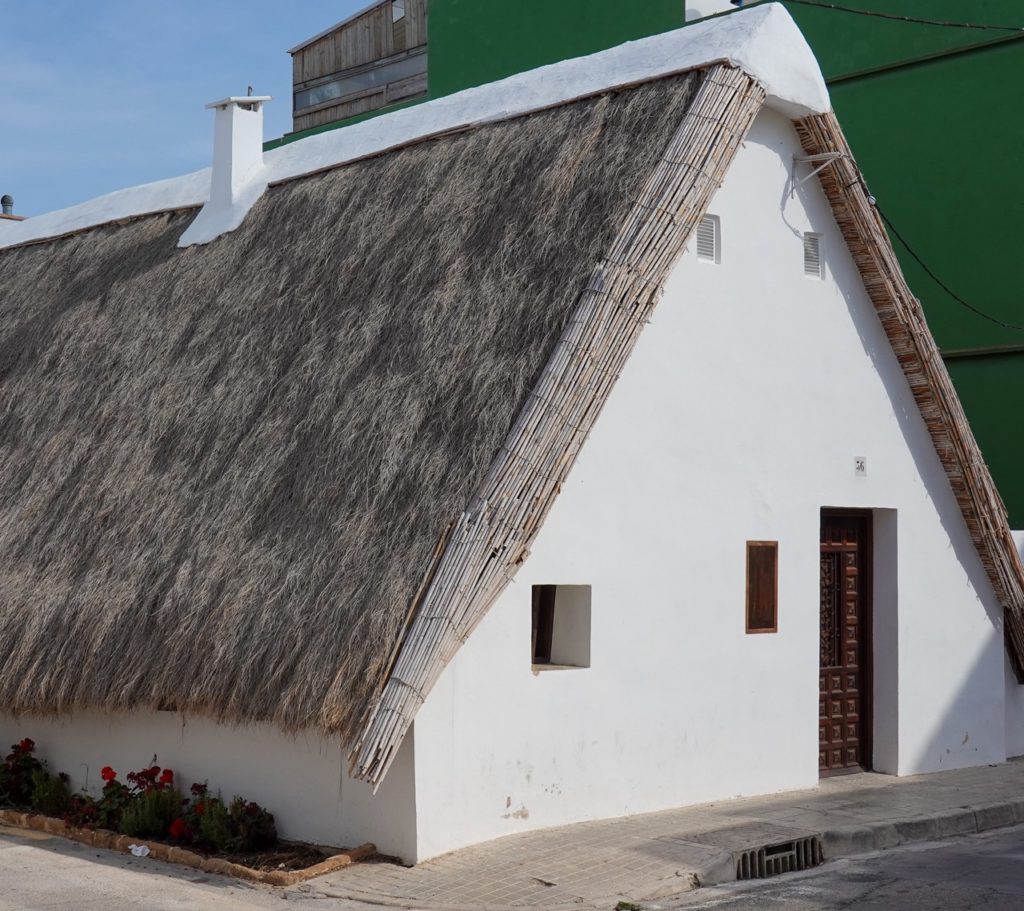
Mark and Shannon enjoyed a beautiful sunset boat ride when they visited Valencia in March 2023.
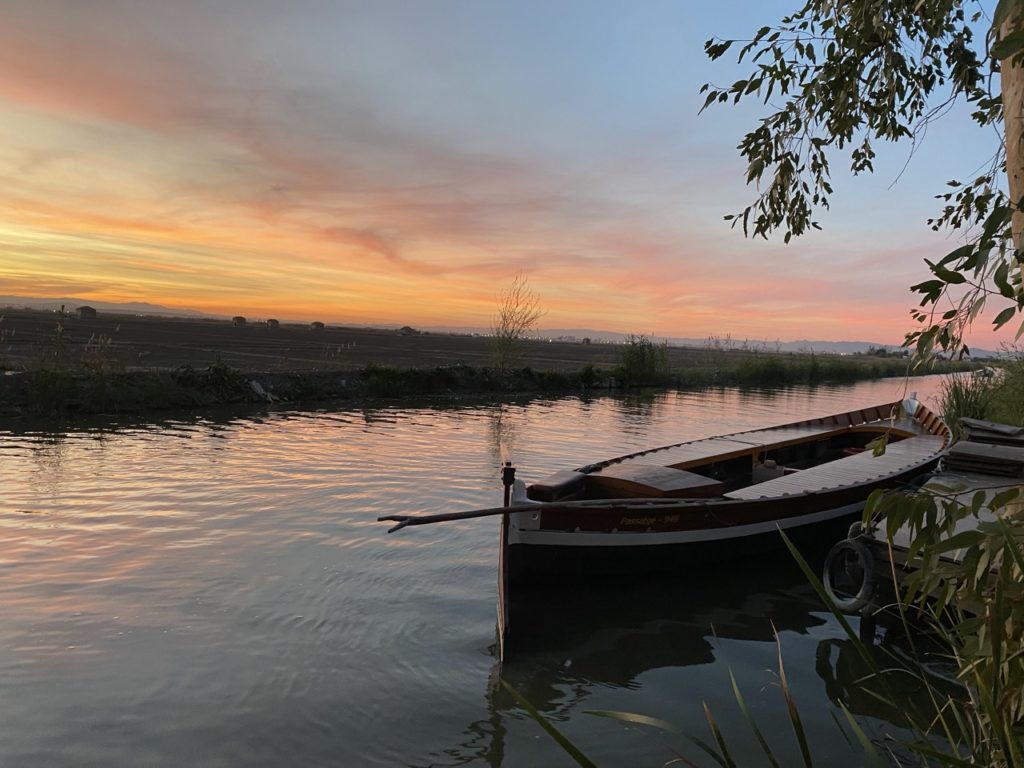
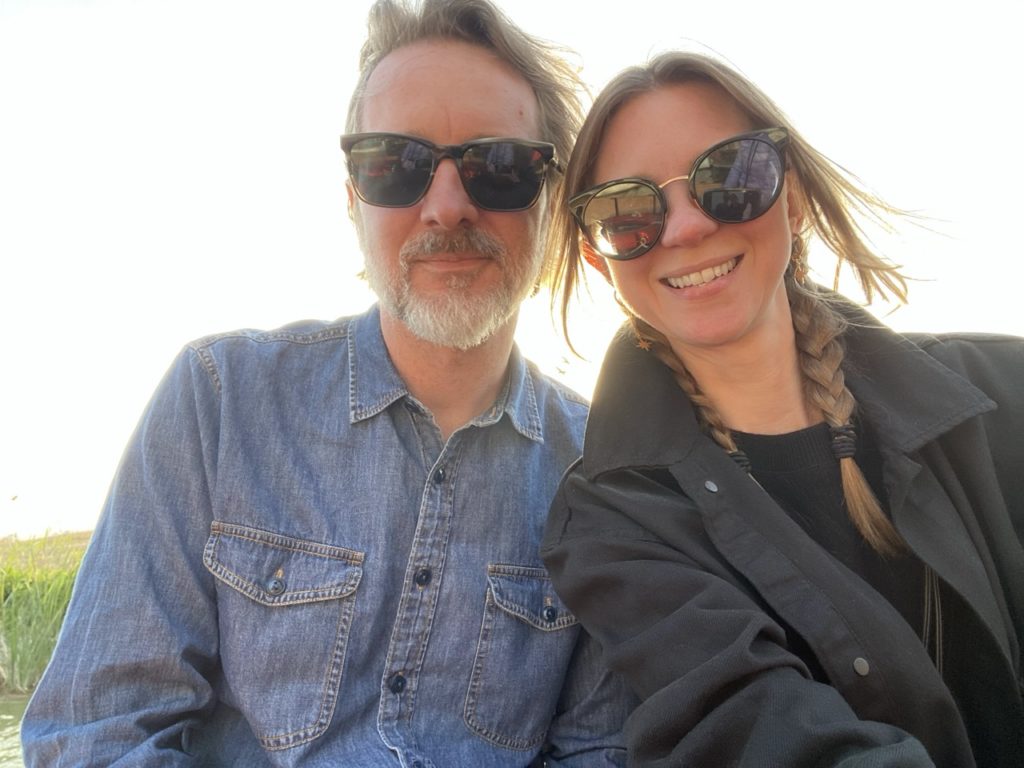
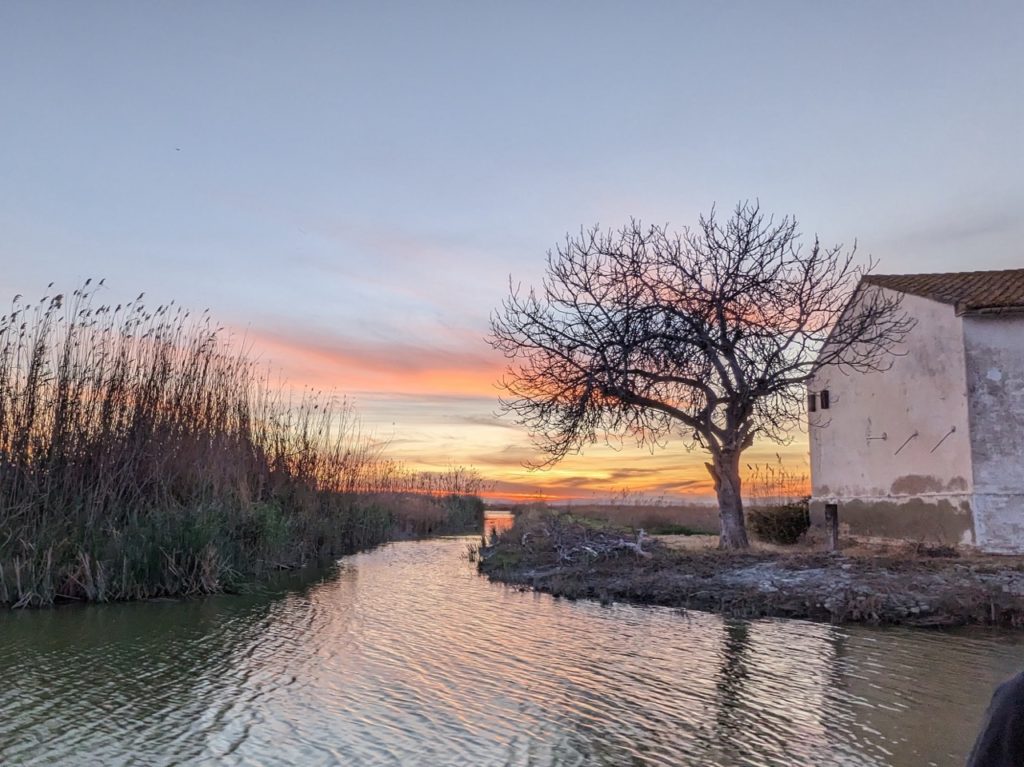
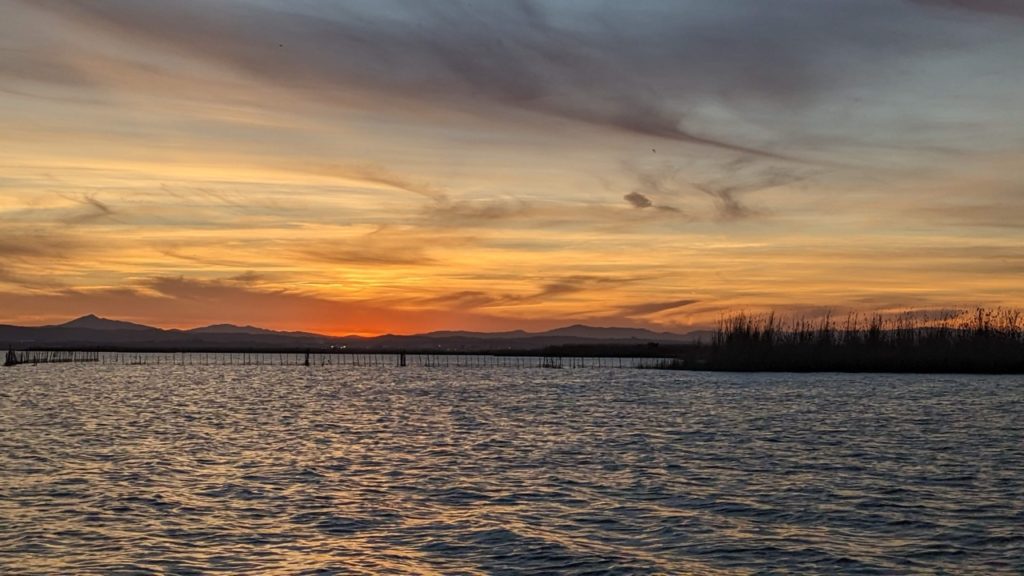
In addition to enjoying nature, there are dozens of restaurants serving paella, particularly in the small town of El Palmar. We had a wonderful time making the trek to El Palmar with our good friends, Heather and Jim.
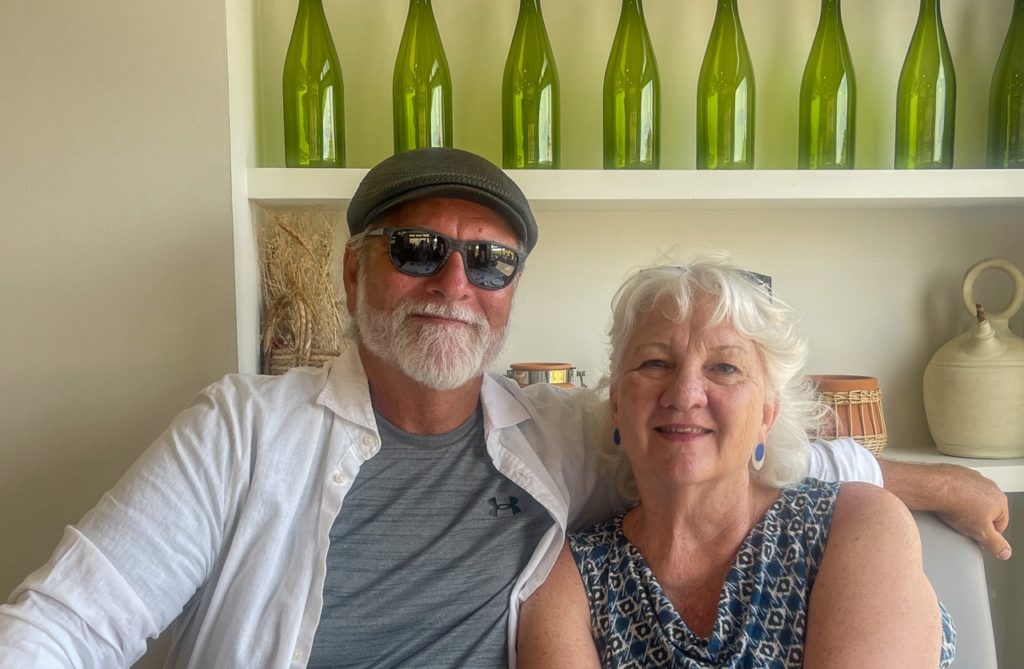
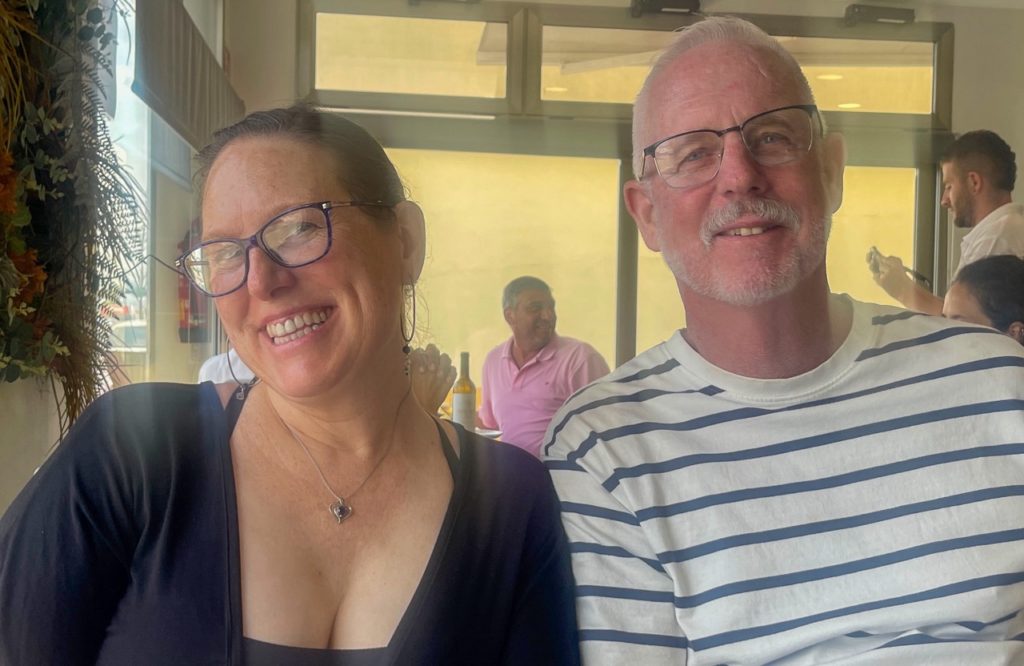
On the Road Again Soon
Nourished by our time in Valencia, we’ll be on the road again in just a few days (September 14, to be exact). Our first stop is Tbilisi, Georgia where we’ll join a few other adventurers for a weeklong food and wine focused tour (you can read about it here: https://culinarybackstreets.com/trips/2019/harvest-time-in-the-cradle-of-wine-a-georgian-culinary-adventure-tbilisi-trip/). This was a last minute addition to the Greek Islands trip we already had on the calendar. We’d been on a waiting list for this trip and two spots opened up just before we left the U.S. It took an hour of semi-serious discussion to make the decision to go for it.
Our time in Georgia will be followed by three weeks exploring just a few of the nearly 6,000 Greek Islands. We’ll be in Crete, Santorini, Paros, Naxos, Antiparos, and 2-3 others depending on which ferry, catamaran, or sailboat we happen to hop on. This retirement thing is really working out!
About Us
Welcome to our little corner of the world where we invite you to embark on exciting journeys with us!
We’re Ed and Bonnie, a duo passionate about exploring the world and experiencing its wonders. Our love for travel isn’t just about discovering new places; it’s about sharing those moments with cherished family and friends like you.
Our hope is that you will feel like you’re right there with us, sharing in the excitement and wonder of each destination. Better yet, let’s plan a rendezvous somewhere wonderful! Learn more

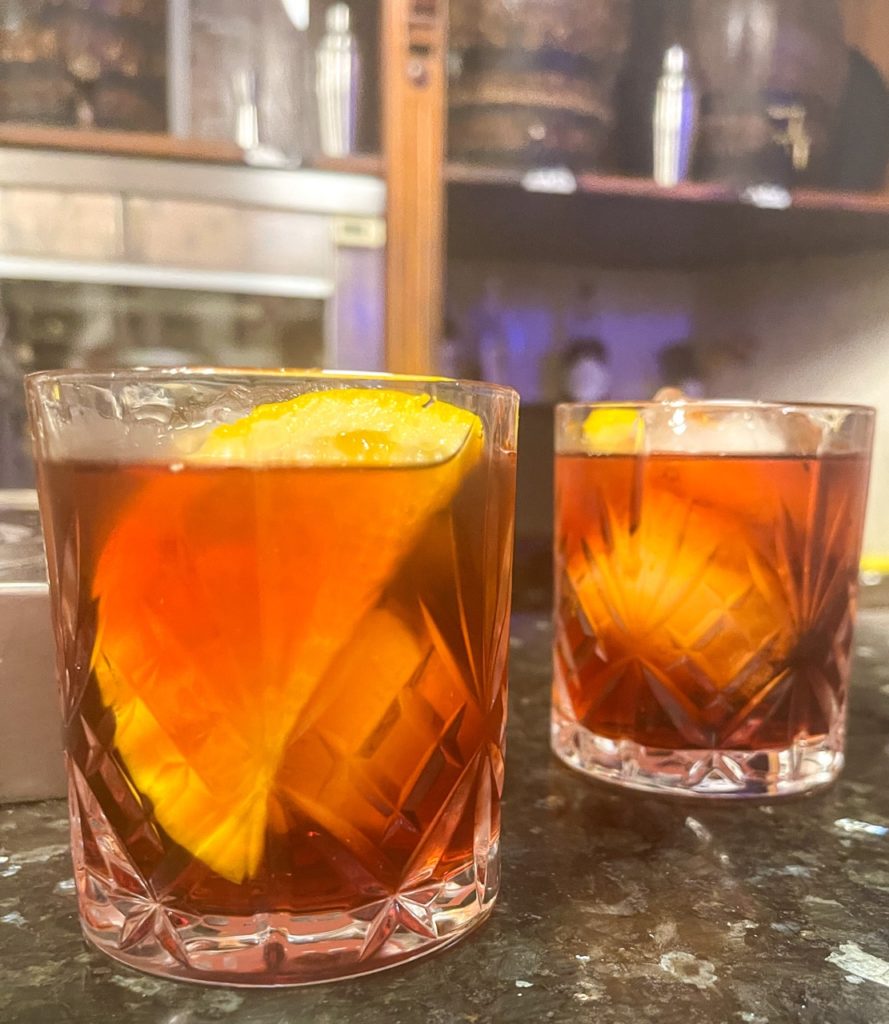
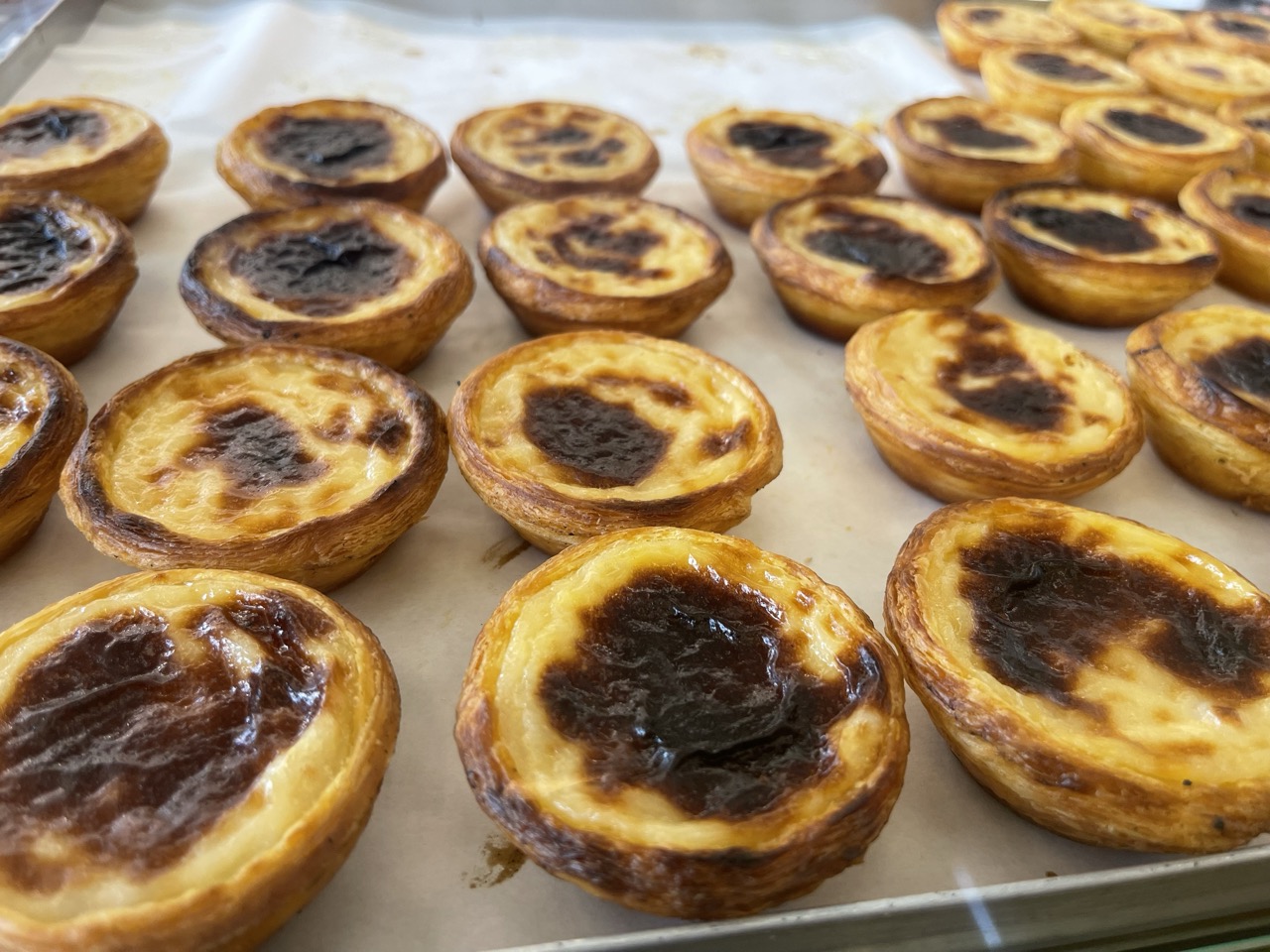
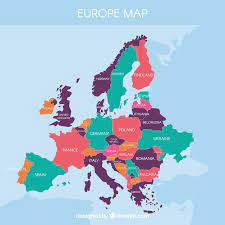
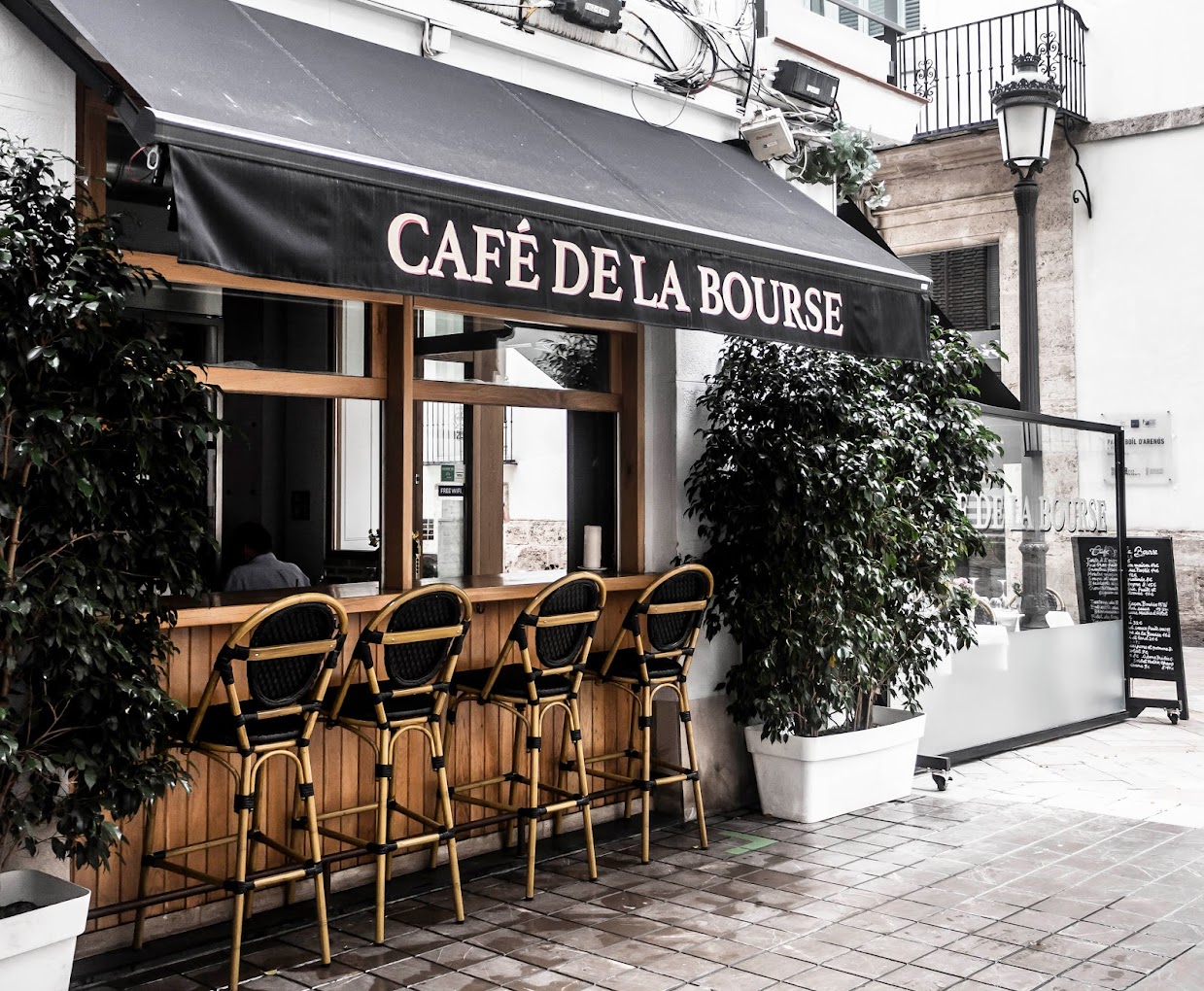
That crab “paella” was so delicious, wasn’t it?